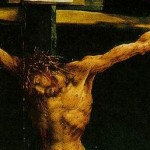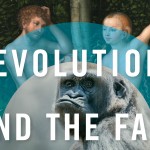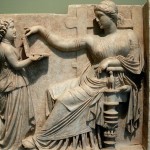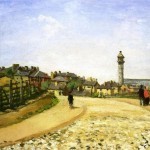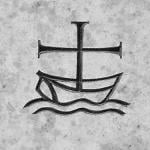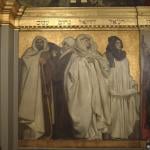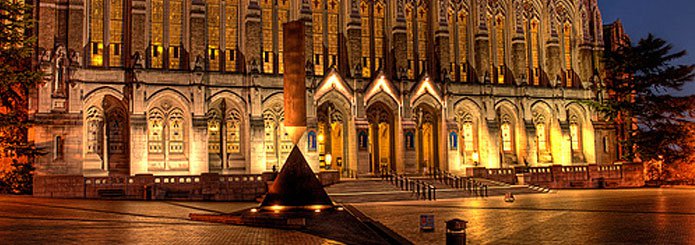
You might think the debunking of the Bruno, Galileo (Never tortured, spent three days in prison, if any), and Hypatia myths still doesn’t touch the so-called eclipse of science during those terrible Middle Ages.
You’d be wrong, of course.
One of the most pernicious Reformation and Enlightenment myths we persistently cling to is the erroneous belief that the middle ages impeded the advancement toward modern science.
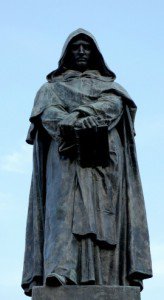
We were told that Bruno was a significant breakthrough from the crudeness and ignorance of the so-called Dark Ages–even if it’s not clear to the show’s makers if he was a martyr for science, or really a martyr for anything.
Thanks to Bruno, we are told, a new light magically dawned upon the Western world thanks to his rediscovery of the ancients and their commitment to nature.
If it sounds too simple, it is.
In truth Karsten Harries recounts in his Infinity and Perspective how Bruno was a hermetic [quack] whose theories were not derived from direct observation, but from books of hermetic magic.
Bruno also subscribed to millenarian apocalyptic beliefs that have much more in common with those who believe in the Rapture (and Swedenborg) than with scientists and orthodox theologians. People like Bruno harbored fanatical hopes for a cosmic revolution in 1600 because of the magical significance of the numbers nine and seven. No, I’m not kidding.
Do science popularizers like deGrasse Tyson really want to position themselves in such company? Are they trying to tell us something? If it’s all about the imagination escaping the thought police, then why are science educators going after creationists who build museums that feature humans and dinos side by side?
According to Elspeth Whitney in Medieval Science and Technology, if we want to look for the dawning of a new spirit of scientific inquiry then we should look about six hundred years earlier than Bruno:
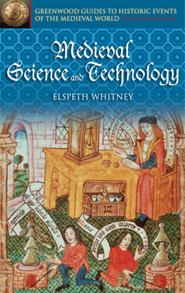
“Between 1000-1300, Europe changed from an intellectual backwater to one of the most intellectually innovative cultures of the world. This process happened in several stages. From about the year 1000, there are numerous signs that medieval thinkers developed a new and original appreciation of nature. In the words of one important historian [Marie-Dominique Chenu, OP], 12th and 13th century thinkers ‘thought of themselves as confronting an external present, intelligible, and active reality as they might confront a partner.’
This new attitude had wide repercussions:
The personification of nature as a forceful and imperious goddess appeared everywhere in literature, detailed and accurate relief sculptures of local plants appeared on church exteriors, and ‘the natural’ became a new touchstone for what was considered normal and appropriate behavior. This new awareness of nature was supported by an increasingly dynamic economy, greater social mobility, and new political and religious institutions.
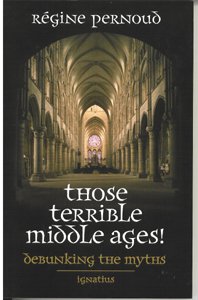
The intellectual institutions she has in mind are universities, funded by the Church, even though theology was actually one of the least studied topics in them.
Their results are indisputable. These results put the elitist philosophical schools of Greece and Rome (institutions of the 1% if there are any) to shame. In the chapter on the supposed medieval repression of science in Galileo Goes to Jail we read:
Between 1150 and 1500, more literate Europeans had had access to scientific materials than any of their predecessors in earlier cultures, thanks largely to the emergence, rapid growth, and naturalistic arts curricula of the medieval universities. if the medieval church had intended to suppress the inquiry into nature, it must have been completely powerless, for it utterly failed to reach its goal.
When you take all of this into consideration then there may be some piety and awareness of origins in making a major state university library resemble a medieval cathedral and not including Bruno among the statues on the facade?


